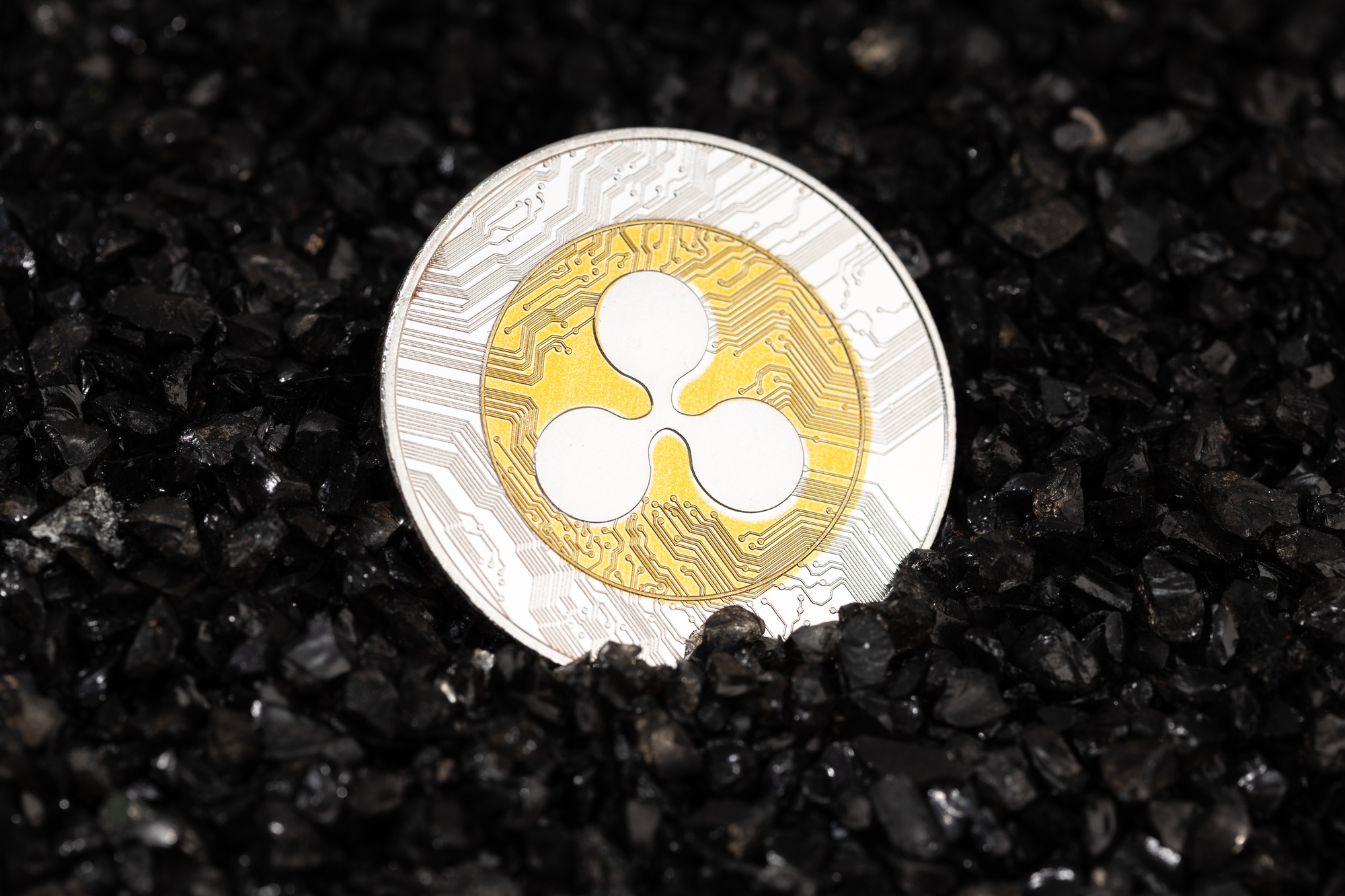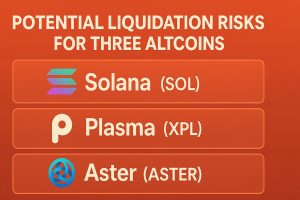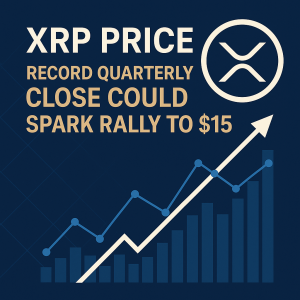In recent developments within the cryptocurrency space, XRP and Ethereum continue to be prominent players, especially in the context of stablecoin strategies. Market analysts are increasingly scrutinizing these digital assets to determine which offers better stability, growth potential, and utility for investors interested in stablecoins.
Over the past few months, both XRP and Ethereum have experienced shifts in market dynamics, driven by regulatory changes, technological upgrades, and broader adoption trends. XRP, known for its fast transaction speeds and low costs, has been gaining attention as a potential stablecoin platform, while Ethereum’s extensive ecosystem and upcoming upgrades make it a strong contender.
The recent discussions focus on the suitability of XRP as a stablecoin issuer or platform, given its rapid settlement times and lower transaction costs compared to Ethereum. Ethereum’s more established infrastructure, supporting a vast array of decentralized finance (DeFi) applications and stablecoins, positions it as a dominant force in the stablecoin market, though at a potentially higher cost and slower transaction times.
Investors and market participants are evaluating the implications of these trends. Those looking for speed and cost-efficiency might lean towards XRP, especially as it seeks to enhance its utility within the stablecoin ecosystem. Meanwhile, Ethereum’s broader adoption and ongoing upgrades, like the transition to Ethereum 2.0, could solidify its role as a stablecoin backbone in the near future.
Market analysts suggest that the decision between XRP and Ethereum for stablecoin strategies hinges on technological developments and regulatory clarity. The impact on investors will depend on how these assets evolve to meet the demands for stability, security, and scalability in digital currencies.
Looking ahead, key developments to watch include upcoming network upgrades, regulatory announcements, and the launch of new stablecoins or platforms leveraging XRP or Ethereum. These factors could significantly influence the stability and growth prospects of both cryptocurrencies in the stablecoin domain.
What makes XRP a potentially better stablecoin platform than Ethereum?
Its faster transaction speeds and lower costs make XRP attractive for stablecoin issuance and transactions, especially in cross-border payments.
Why does Ethereum remain a dominant player in stablecoins?
Ethereum’s extensive ecosystem, smart contract capabilities, and ongoing upgrades support a wide array of stablecoins and DeFi applications, reinforcing its market position.
What are the risks associated with relying on XRP or Ethereum for stablecoin strategies?
Regulatory uncertainties and technological challenges could impact the utility and stability of both assets, influencing their long-term viability for stablecoin use cases.







